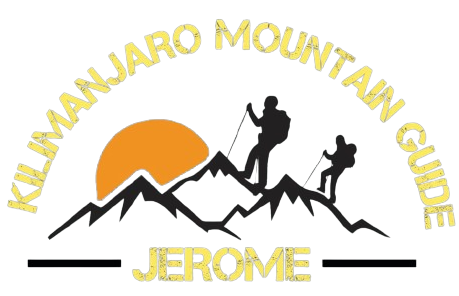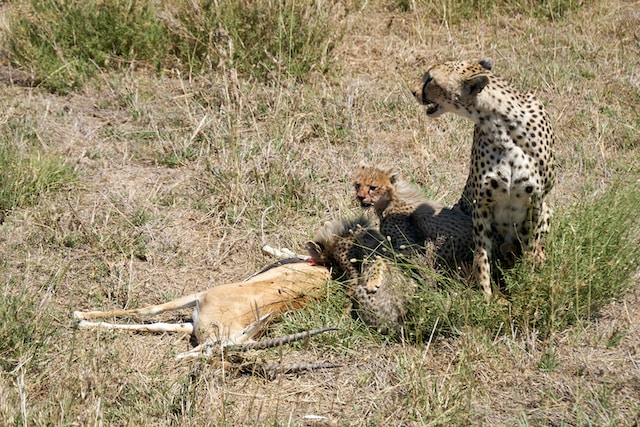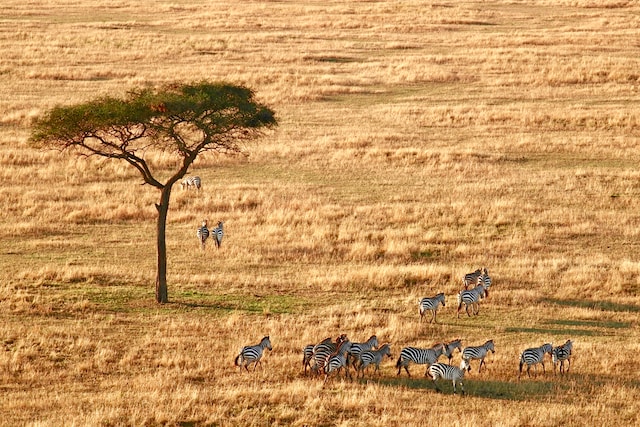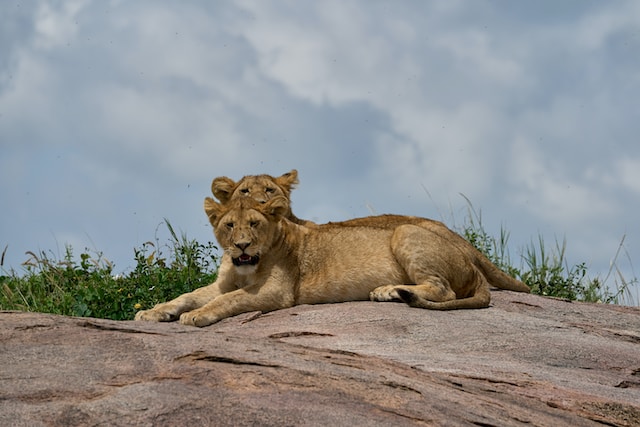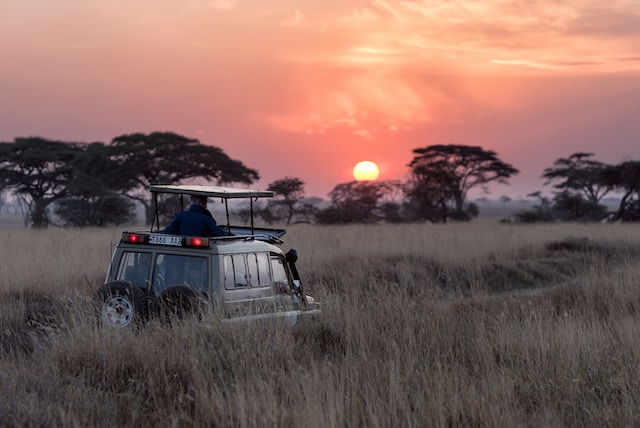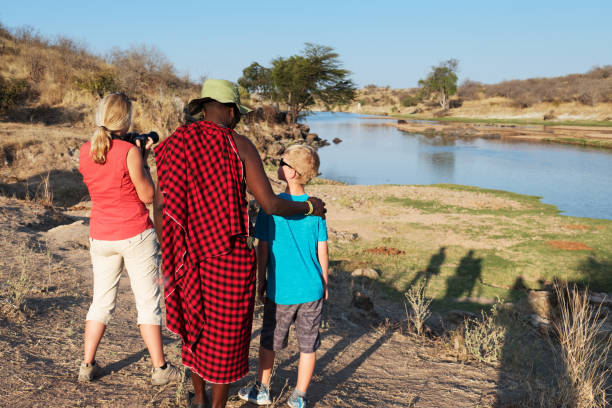- Home
- Safaris
- Tanzania Lodge Safari
- Tanzania Camping Safari
- Serengeti Migration Safari
- Tanzania Family Safari
- Tanzania Honeymoon Safari
- Tanzania Walking Safari
- Best Tanzania Day Trips
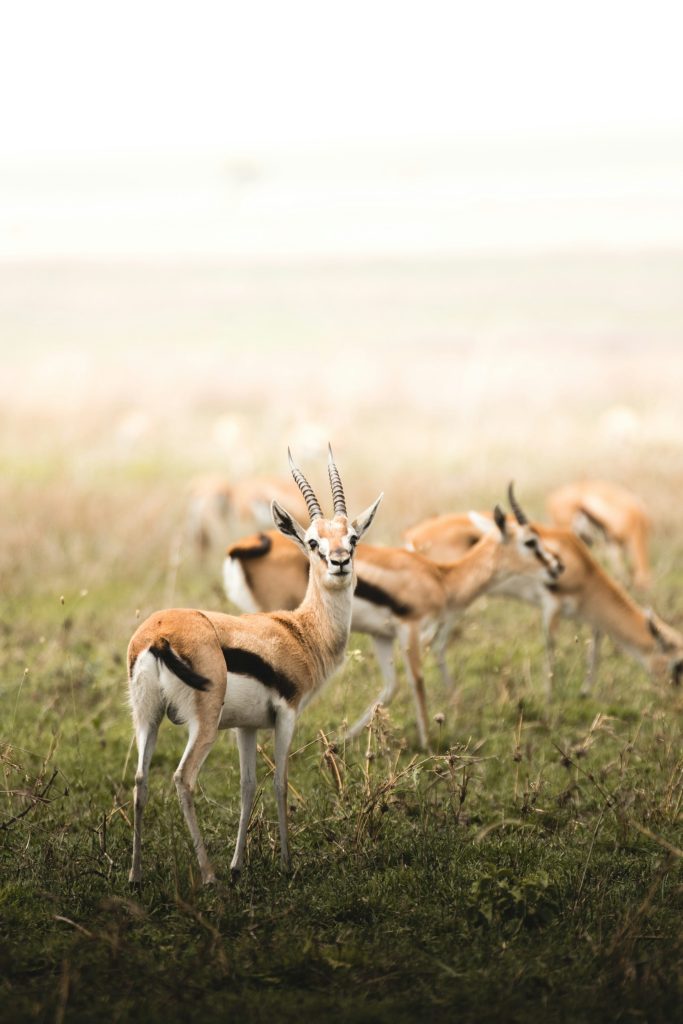
- Kilimanjaro
Kilimanjaro Packages
- Machame Route 6 Days
- Machame Route 7 Days
- Marangu Route 6 Days
- Lemosho Route 7 Days
- Lemosho Route 8 Days
- Rongai Route 7 Days
- Northern Route 9 Days
- Kilimanjaro Joining Group Dates
- Kilimanjaro Full Moon Climbs
Kilimanjaro Tips
- Zanzibar
- About us
7-Day Rongai Route
A 7-day climb via the Rongai Route allows for better acclimatization and higher chances of reaching the summit successfully.
Tour Overview
The Rongai Route is one of the several trekking routes to the summit of Mount Kilimanjaro in Tanzania. It’s known for its relative isolation and offers a unique perspective on the mountain. The 7-day Rongai Route is a longer and less crowded variation of the traditional 6-day Rongai Route. This extra day is beneficial for acclimatization and increases the chances of a successful summit.
Here’s an overview of what a 7-day Rongai Route itinerary might look like:
Day by day
7-Day Rongai Route Inclusions and Exclusions
When planning a Kilimanjaro trekking expedition, it’s crucial to understand what is included and excluded in the 7-Day Rongai Route package offered by us. While the specific inclusions and exclusions can vary from one tour operator to another, here are some common points to consider:
- Inclusions:
- Permits and Fees: The cost of permits and entrance fees to Kilimanjaro National Park are usually included in the package. This includes park fees, camping fees, and rescue fees.
- Guides and Porters: The cost typically includes fees for experienced guides, porters to carry equipment, and cooks for preparing meals during the trek.
- Meals: Most packages include meals throughout the trek. This includes breakfast, lunch, and dinner. Special dietary requirements can often be accommodated with prior notice.
- Water: Purified water is often provided. It’s essential to stay hydrated during the trek, and the guides will ensure you have access to clean water.
- Camping Equipment: Tents, sleeping bags, and sleeping mats are usually provided as part of the package. Sometimes, trekking poles are also included.
- Transportation: Transfers to and from the Kilimanjaro International Airport to the Hotel also include transfers to the starting point of the trek (and back).
- Safety Equipment: The cost may cover items like oxygen tanks, first aid kits, and emergency communication devices for safety purposes.
- Briefings and Preparations: Pre-trek briefings and orientations are provided to ensure trekkers are well-prepared.
- Exclusions:
- Flights: International flights to and from Tanzania are not typically included in the trekking package.
- Visa Fees: The cost of obtaining a Tanzanian tourist visa is usually not included.
- Travel Insurance: It’s highly recommended to have travel insurance that covers trekking activities. This is usually not included in the package, and you need to arrange it separately.
- Tips: Tips for guides, porters, and other trekking staff are not included in the package cost. Tipping is a common practice and an important part of the trekking culture on Kilimanjaro.
- Equipment Rental: If you need to rent specific trekking gear (like down jackets, trekking poles, etc.), this is usually an additional cost.
- Medical Expenses: Any medical expenses incurred during the trek are typically not covered. It’s essential to have comprehensive travel insurance that includes medical coverage.
- Additional Accommodations: If you need extra nights in a hotel before or after the trek, these costs are usually not included.
- Personal Expenses: Expenses for items such as souvenirs, additional snacks, and other personal items are not included.
The Best Time to Climb the Rongai Route
The Rongai Route is one of the trekking routes to the summit of Mount Kilimanjaro in Tanzania. The best time to climb the Rongai Route, like most routes on Kilimanjaro, depends on the weather and your preferences. The two primary climbing seasons for Kilimanjaro are the dry season and the rainy season. The Rongai Route is less crowded than some other routes, making it a good choice for those who prefer a quieter experience.
- Dry Season (June to October): This is generally considered the best time to climb the Rongai Route. The weather is typically drier and more stable, with clear skies and less rainfall. The days are generally warm, and the nights are cold. This period includes the summer months in the Northern Hemisphere, which makes it a popular choice for trekkers. July to August is particularly busy, so if you want a quieter experience, consider the shoulder months of June and September.
- Short Rain Season (November to December): The short rains begin in November, and although it is less crowded during this period, you should be prepared for some rain. The Rongai Route is less affected by the short rains compared to other routes, so it’s still possible to climb. However, be ready for wet conditions and be cautious about slippery trails.
- Long Rain Season (March to May): This is the least favorable time to climb the Rongai Route. Heavy rainfall can make the trails slippery, and it’s generally not recommended for trekkers during this period. It’s also the least popular time to climb Kilimanjaro in general.
Keep in mind that weather patterns can be unpredictable, and even during the dry season, you can encounter rain and cold temperatures at higher altitudes. To maximize your chances of a successful and enjoyable trek, it’s essential to be well-prepared with proper gear and clothing.
Book Climb Rongai Route 7 DAYS
We would like to work with you
